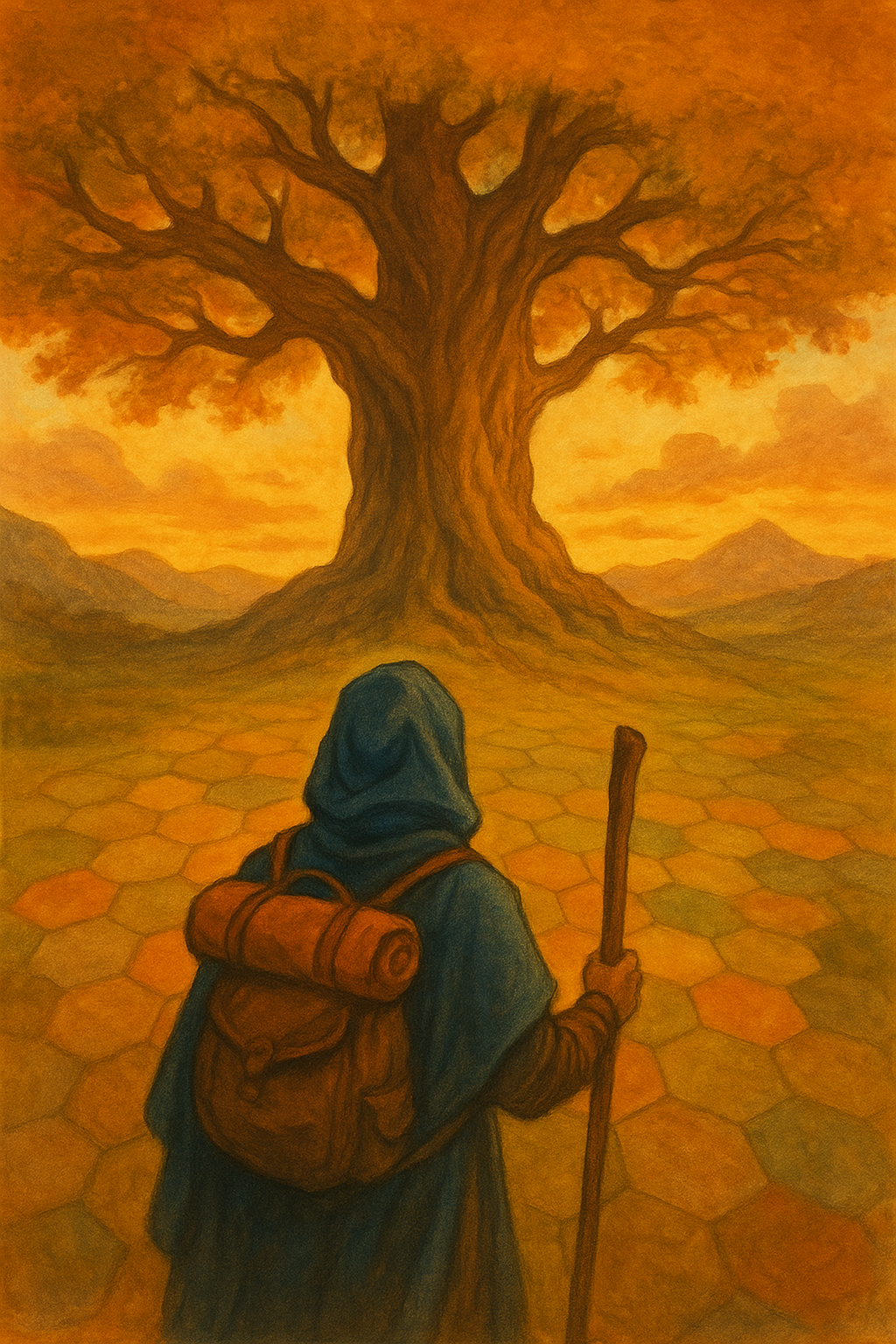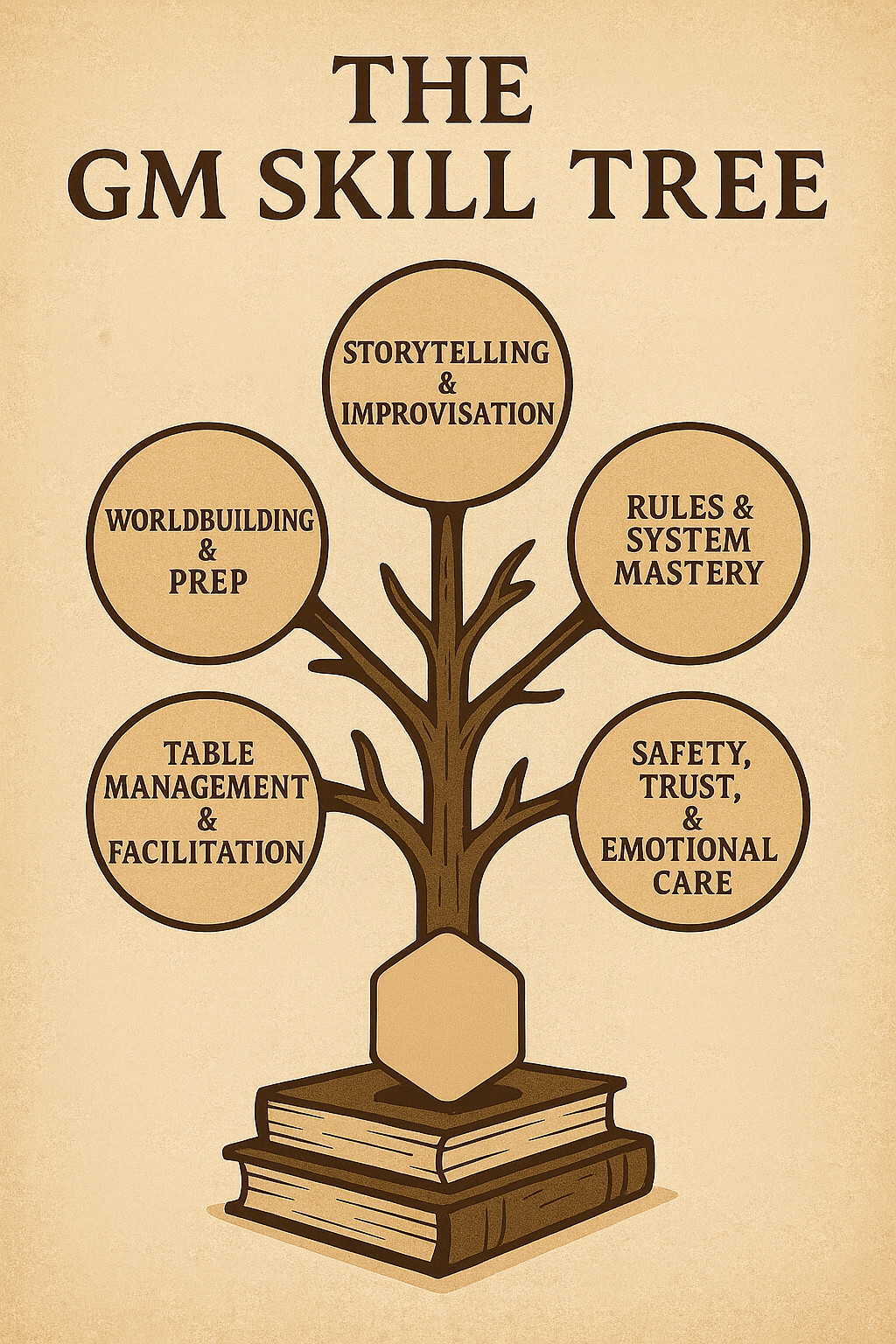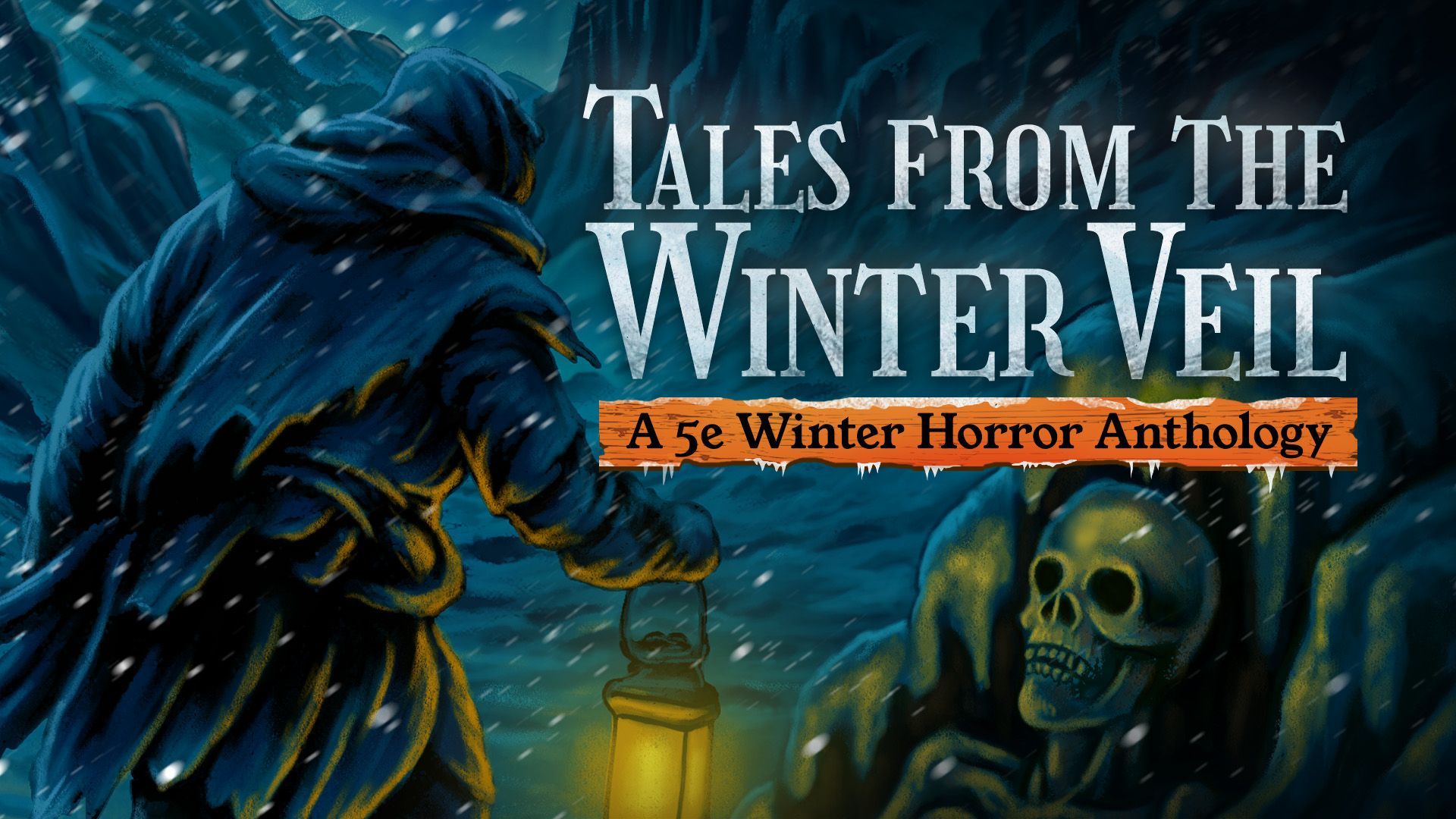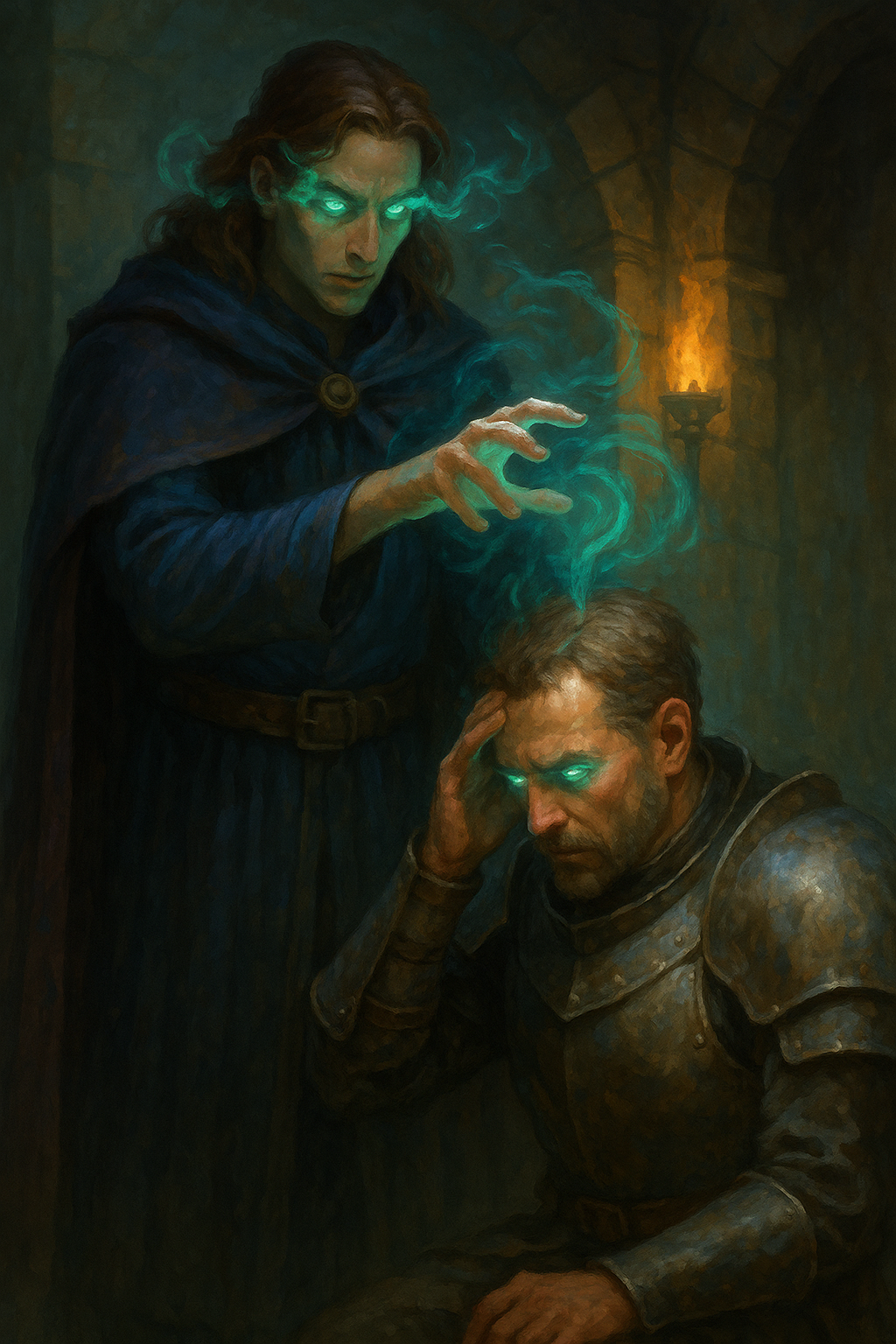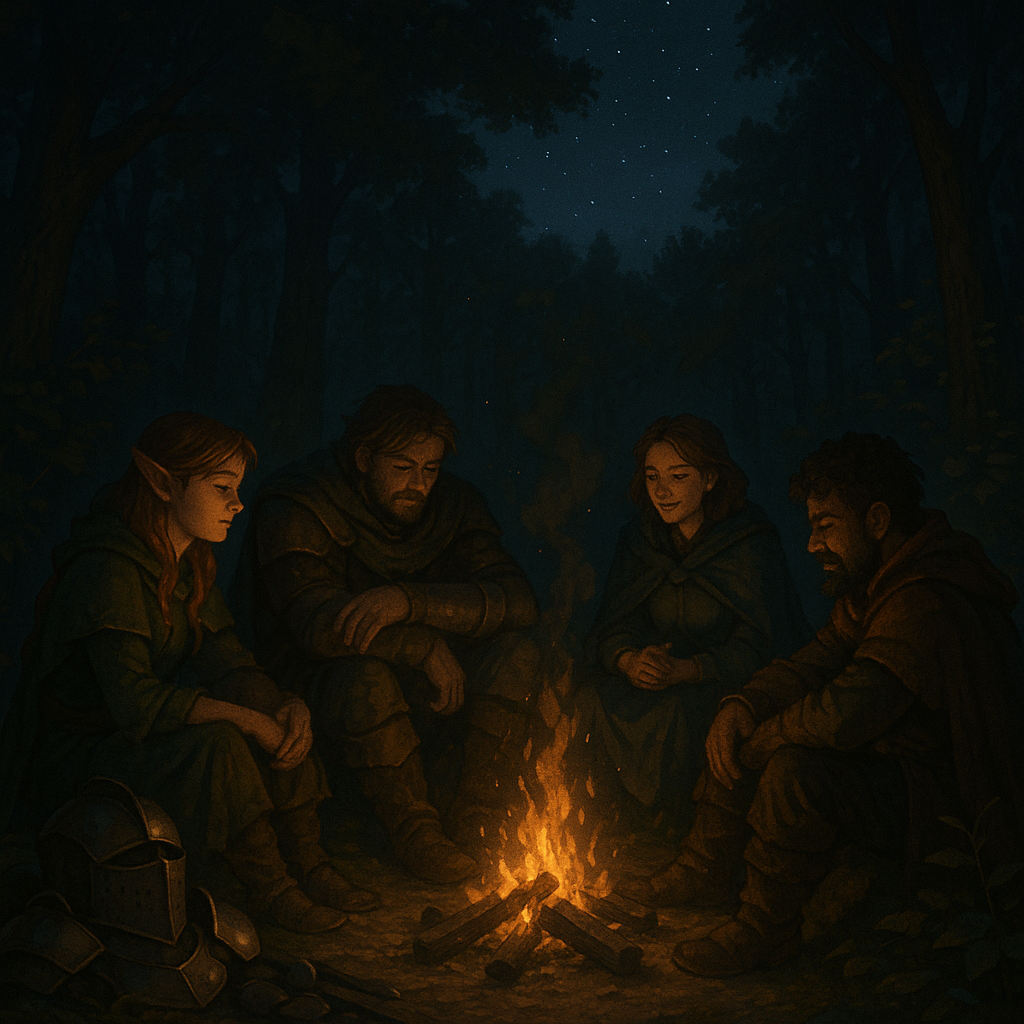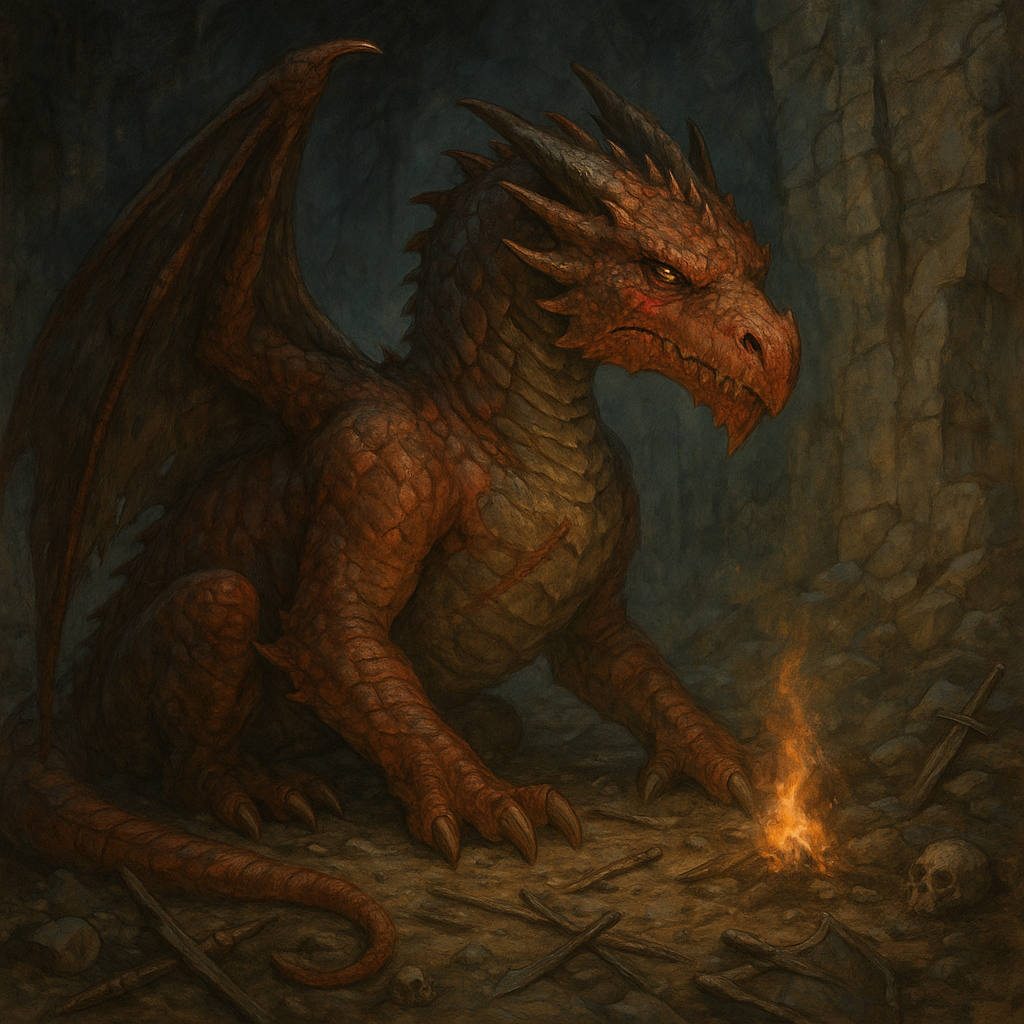The Roleplay Renaissance: Reviving Burned-Out Players with Character-Driven Side Sessions
Time for a Sidequest
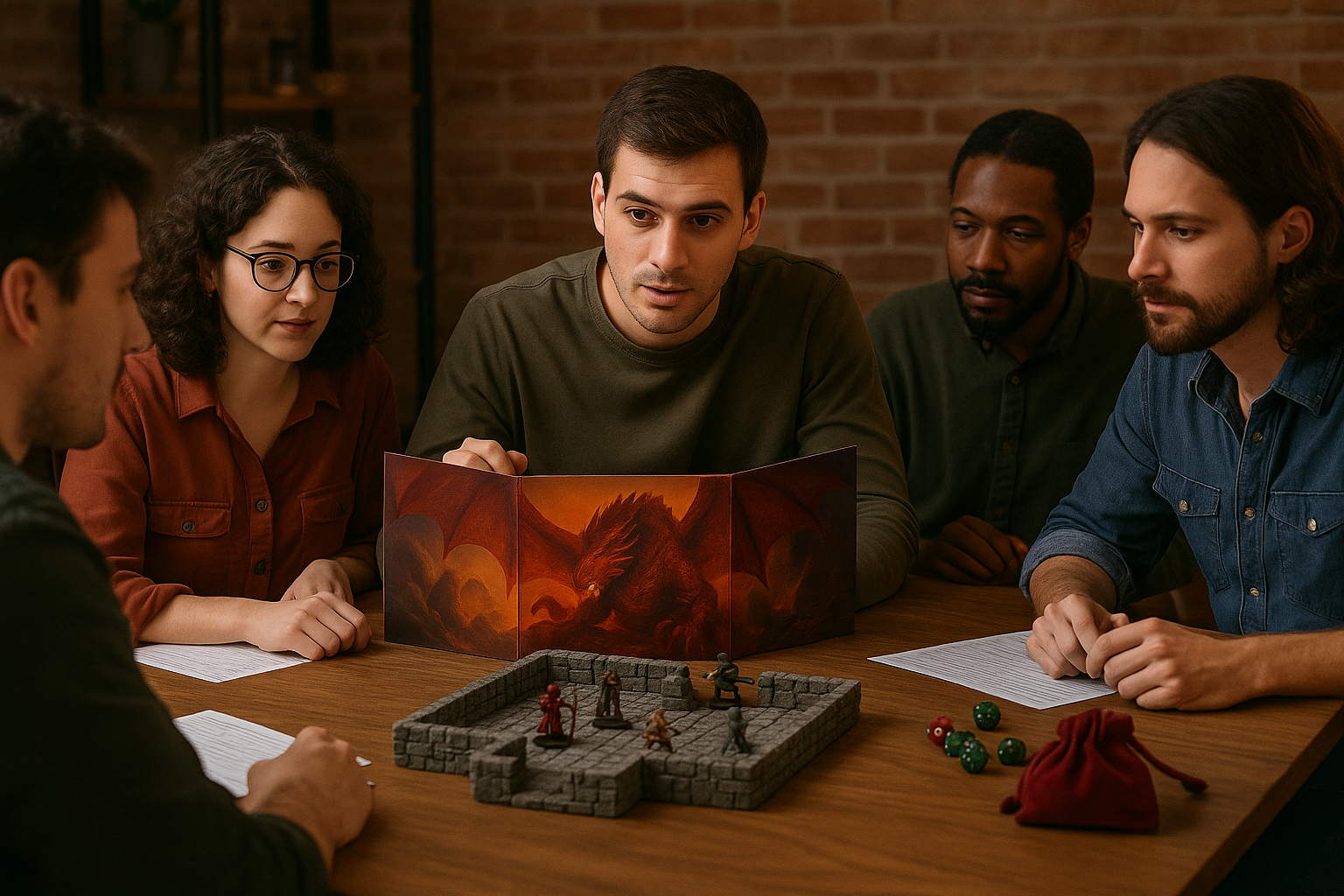
Dear Readers,
If you've been a Dungeon Master long enough, you’ve seen it: the slow fade, the distracted gaze, the once-vibrant player who now just rolls dice and checks their phone. It starts small. They stop contributing to group strategy. They delay leveling up. Maybe they even stop showing up.
Burnout.
It happens to the best of us. Sometimes it’s personal: real-life stress, emotional fatigue, or simply too much on their plate. Other times, it's gaming fatigue. Combat fatigue. Meta fatigue. The spark of the game has dulled, and even a beholder dropping from the ceiling isn’t enough to reignite it.
As DMs, we instinctively want to fix it. New plots! Flashier villains! Bigger loot! But more often than not, what the burned-out player needs isn’t more game.
What they need is more of themselves in the game.
That’s where character-driven side sessions come in. Not as one-offs to pad the calendar. But as potent, emotionally intelligent tools to help players reconnect with what made them fall in love with the game in the first place: the chance to be seen, heard, and transformed.
Today’s post is all about using side sessions to breathe life back into your table, reignite player passion, and guide your campaign into a Roleplay Renaissance.
Let’s get started.
Chapter 1: Recognizing the Symptoms of Player Burnout
Before we can fix burnout, we have to recognize it, and that means paying attention. Here are some telltale signs:
1. Emotional Flatness
The player no longer reacts to big in-game events. They shrug at major reveals. They go through the motions in combat but seem emotionally disconnected.
2. Character Disengagement
They stop using their character’s voice. They forget backstory elements. They no longer reference personal goals, NPC relationships, or character quirks.
3. Reduced Participation
They opt out of group planning, avoid key decisions, or show up late/leave early. Their engagement dips significantly from their earlier self.
4. Meta Distraction
They lean hard into mechanics, jokes, or out-of-game conversations. They may seem like they’re having fun, but it’s all surface.
Now, this isn’t always a crisis. Sometimes, a player is just tired that week. But if these signs persist for 3+ sessions? It’s time to take a deeper look.
Chapter 2: Why Side Sessions Work
Character-driven side sessions are focused, intimate, and personal. They allow players to:
- Reclaim narrative control
- Explore emotional arcs without pressure
- Reconnect with their character’s identity
- Feel special and seen
Here’s why they’re effective:
1. Safe Spotlighting
In a main session with 4–6 players, some folks get lost in the noise. A side session (even a 2-hour one) gives your player 100% of the narrative spotlight. No competition, no interruptions, just them.
2. Tailored Storytelling
Side sessions let you tailor content directly to a player’s tone, pace, and themes. You can dig into unresolved trauma, missing family members, dreams, regrets, or hopes.
3. Emotional Recalibration
When a player is burned out, it’s often because they no longer feel emotionally invested. Side sessions realign narrative stakes with character stakes—reconnecting the heart with the dice.
4. No Risk of “Messing Up the Main Story”
Some players get overwhelmed with “big plot decisions.” Side sessions take that pressure off. There’s no party to disappoint. Just a chance to explore, breathe, and feel.
Chapter 3: The Anatomy of a Character-Driven Side Session
A good side session isn’t just a one-off fetch quest. It’s a scalpel, not a sledgehammer.
Let’s break it down.
1. The Hook
Start with a moment that matters, something rooted in the character’s past, flaw, or unresolved relationship.
Examples:
- A letter arrives from a sibling thought dead.
- A dream calls them to a forgotten childhood place.
- An NPC uses their real name, a name only family would know.
2. The Emotional Core
What’s the feeling you want this session to explore?
- Grief
- Shame
- Hope
- Longing
- Anger
- Confusion
Design the session’s arc to push the character into that emotional space, but give them room to navigate it on their own terms.
3. A Meaningful Choice
At the center of the session should be a choice that reflects who the character is becoming.
- Will they reconcile with their father or reject him?
- Will they let go of a vendetta or lean into vengeance?
- Will they protect an innocent, even if it means breaking the law?
This is the pivot point—the thing that transforms a side quest into a character milestone.
4. A Token or Talisman
End the session with a tangible memento. A scar, a tattoo, a keepsake, a change in alignment or background. Let the player carry evidence of the experience into the main campaign.
Chapter 4: Case Study – The Ashes of Arelia
Let me share a real story from my table.
The Player:
Lena, who plays Kael, a half-elf warlock with a tragic past and snarky persona. For months, Lena was the emotional core of the group: deep roleplay, tearful moments, complex choices.
Then... burnout hit. She started phoning it in. Smiling, sure, but the soul was gone. Kael stopped using magic creatively. Lena stopped pushing emotional scenes. I could feel her slipping.
The Side Session:
I reached out privately. “Want to do a solo session with Kael?”
Lena hesitated, but agreed.
I crafted a short scenario: Kael’s hometown, Arelia, long since burned, was being exhumed by a mysterious academic group. Something was stirring beneath the ashes.
The session lasted 2.5 hours.
She confronted the ghost of her mother.
She unearthed a letter meant for her years ago.
She stood at the site where she made her warlock pact, and refused to kneel again.
At the end, she took a single, half-burned feather from her mother’s cloak. I told her: “It will never burn. No matter what fire it touches.”
Lena almost cried.
Kael returned to the main campaign on fire, not with rage, but with renewed purpose. She was back.
Chapter 5: Making Side Sessions Practical
You don’t have to be a full-time professional DM to run powerful side sessions. Here’s how to make them doable:
1. Keep It Short
Aim for 1.5 to 2 hours. That’s enough time for meaningful beats without demanding a full evening.
2. Use Theater of the Mind
Unless terrain is emotionally significant, skip the minis. Focus on dialogue, imagery, and emotional pacing.
3. Keep Stakes Personal
Avoid world-ending drama. These sessions are about the inner world of the character. Let that be the primary tension.
4. Don’t Overprep
Side sessions should be 70% improvisation. Prep a few scenes, a key NPC, and a thematic arc. Let the player lead.
5. Follow Up Publicly
At the start of the next group session, ask your player if they want to share anything that happened. If they do, great. If not, let the impact emerge naturally through roleplay.
Chapter 6: Side Sessions for Every Player Type
Not every player is a deep roleplayer, and that’s okay. You can still use character-driven side sessions tailored to how they play.
1. The Tactician
They love combat, mechanics, and tactics. Give them a solo mission that forces a difficult moral decision mid-fight: do they win at all costs, or save a civilian?
Make the map small, but the stakes intimate.
2. The Explorer
They love lore, puzzles, and worldbuilding. Let them uncover a hidden aspect of their heritage, a mystery tied to their people, or an ancient site only they can read.
Make discovery the reward, not just loot.
3. The Jokester
They love humor and chaos. Lean into it. Run a quirky side session where their antics accidentally lead to a profound insight or emotional twist. Comedy becomes the gateway to connection.
4. The Quiet One
They’re shy, but observant. A side session lets them speak without competition. Build a gentle, slow-paced scene. Ask them questions. Be patient. You’ll be surprised what emerges.
Chapter 7: Group Side Sessions? Yes, But Carefully.
While solo side sessions are powerful, you can also run small group side sessions (2–3 players max) focused on shared arcs.
Use this when:
- Characters have connected backstories
- They share a secret goal or trauma
- They have strong inter-character conflict to explore
Be mindful to keep the session focused. Don’t let one character dominate. Design scenes where each player must rely on the other emotionally—not just in combat.
Bonus: This strengthens player bonds, not just character arcs.
Chapter 8: Tools and Prompts for Side Session Success
Need help generating side session ideas? Here are some prompts to jumpstart your creativity:
Family & Origin
- A sibling begs for help, but has betrayed them in the past.
- A parent’s legacy is being rewritten. Do they correct it or let it lie?
Dreams & Prophecy
- They dream of an old friend—trapped and calling for help.
- A stranger delivers a prophecy that contradicts everything they believe.
Regret & Redemption
- A village they once hurt is in danger. Will they defend it now?
- A former enemy asks for help, claiming they’ve changed.
Objects & Echoes
- They find a weapon identical to one they lost long ago.
- A familiar melody plays in a distant tavern. Only they recognize it.
Spiritual & Supernatural
- A god speaks to them—not the one they worship.
- Their own shadow behaves independently. What does it want?
Chapter 9: When Side Sessions Don’t Work (and What to Do)
Not every side session lands. Sometimes players don’t engage. Sometimes you misread what they needed.
That’s okay.
Here’s what to do:
1. Check In Gently
“Hey, thanks for playing. Anything you wish we’d done differently?”
This opens a door for feedback without pressure.
2. Own It If You Missed
If you realize you made it too combat-heavy, too slow, or too complex, then own that. “Next time I’ll dial that better.” That shows care.
3. Try Again Later
Side sessions are cumulative. Even a “meh” session builds trust. Next time, they’ll bring more.
Remember: effort speaks volumes. The player knows you care. That matters more than perfect execution.
Chapter 10: The Long-Term Payoff
Here’s the real magic of side sessions: they don’t just revive players, they elevate the whole campaign.
How?
- The character returns changed and that change creates ripples.
- Other players notice and become curious or inspired.
- The party starts talking about feelings, not just plans.
- Roleplay deepens. Bonds tighten. Stakes rise.
And your table transforms from “game night” into something closer to art.
And isn’t that what we’re here for?
Chapter 11: Real-Life Tips from the Field
Here are a few community-tested, Daily Dungeon Master–approved tricks that can enhance your side session process:
The Session Zero Revisit
Invite your player to re-read their Session Zero notes before the side session. Ask: “Is there any part of this character you feel has been neglected?”
The Post-Session Journal
Offer your player a private journal prompt:
- “What did your character learn about themselves?”
- “What are they afraid to tell the rest of the party?”
- “What do they regret?”
Let them answer in writing or through in-game roleplay.
The Legacy Mechanic
Give the player a one-time bonus that connects to their side session.
- “When defending someone you love, gain +1 AC.”
- “Once, you may reroll a death save with advantage—your mother watches over you.”
These little touches create continuity and deepen immersion.
Chapter 12: Final Thoughts on the Roleplay Renaissance
We talk so much about “balance” and “mechanics” and “pacing” as DMs—but often, the soul of the game lies elsewhere.
It lies in connection.
Character-driven side sessions are love letters. They say:
“You matter.”
“I see your character.”
“Your story is worth telling.”
They revive not just the player—but the party.
They remind everyone why they play.
They spark a Roleplay Renaissance: a return to the heart of the game: empathy, transformation, and shared humanity through fantasy.
May your side sessions sing, your characters grow, and your stories shine from the inside out.
Until next time, Dear Readers...
















